 The Hitchhiker’s Guide to the Galaxy
The Hitchhiker’s Guide to the Galaxy Dirk Gently's Holistic Detective Agency
Dirk Gently's Holistic Detective Agency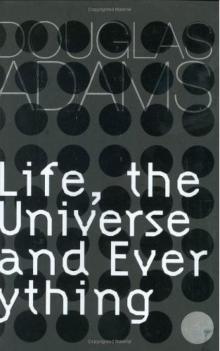 Life, the Universe and Everything
Life, the Universe and Everything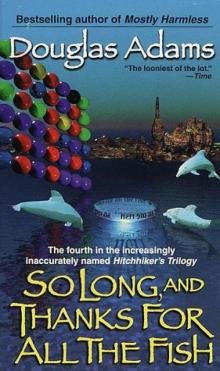 So Long, And Thanks For All The Fish
So Long, And Thanks For All The Fish The Long Dark Tea-Time of the Soul
The Long Dark Tea-Time of the Soul The Restaurant at the End of the Universe
The Restaurant at the End of the Universe Mostly Harmless
Mostly Harmless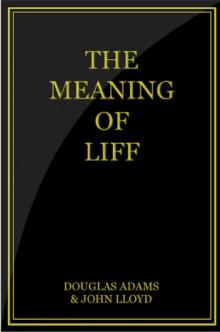 The Meaning of Liff
The Meaning of Liff Shada
Shada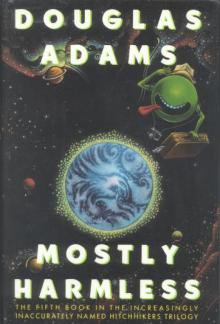 Mostly Harmless tuhgttg-5
Mostly Harmless tuhgttg-5 The Ultimate Hitchhiker's Guide to the Galaxy
The Ultimate Hitchhiker's Guide to the Galaxy The Hitchhiker's Guide to the Galaxy Further Radio Scripts
The Hitchhiker's Guide to the Galaxy Further Radio Scripts The Salmon of Doubt
The Salmon of Doubt The Restaurant at the End of the Universe tuhgttg-2
The Restaurant at the End of the Universe tuhgttg-2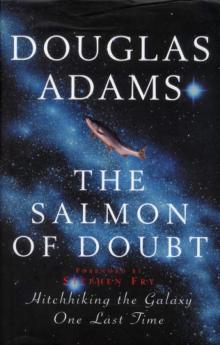 The Salmon of Doubt: Hitchhiking the Galaxy One Last Time dg-3
The Salmon of Doubt: Hitchhiking the Galaxy One Last Time dg-3 The Hitchhiker's Guide to the Galaxy Original Radio Scripts
The Hitchhiker's Guide to the Galaxy Original Radio Scripts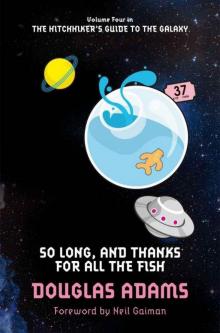 Volume 4 - So Long, And Thanks For All The Fish
Volume 4 - So Long, And Thanks For All The Fish Young Zaphod Plays It Safe
Young Zaphod Plays It Safe City of Death
City of Death Last chance to see
Last chance to see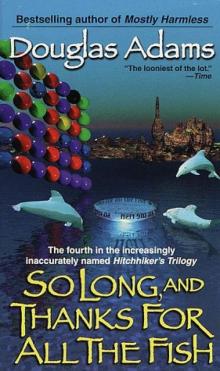 So Long, And Thanks For All The Fish tuhgttg-4
So Long, And Thanks For All The Fish tuhgttg-4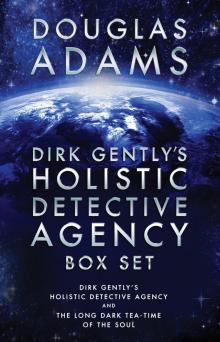 Dirk Gently's Holistic Detective Agency Box Set
Dirk Gently's Holistic Detective Agency Box Set The Hitchhiker’s Guide to the Galaxy tuhgttg-1
The Hitchhiker’s Guide to the Galaxy tuhgttg-1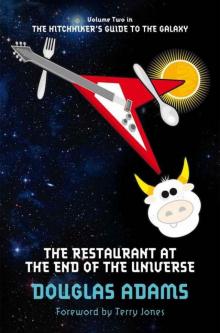 Volume 2 - The Restaurant At The End Of The Universe
Volume 2 - The Restaurant At The End Of The Universe Volume 3 - Life, The Universe And Everything
Volume 3 - Life, The Universe And Everything HHGTTG - The Lost Chapters
HHGTTG - The Lost Chapters